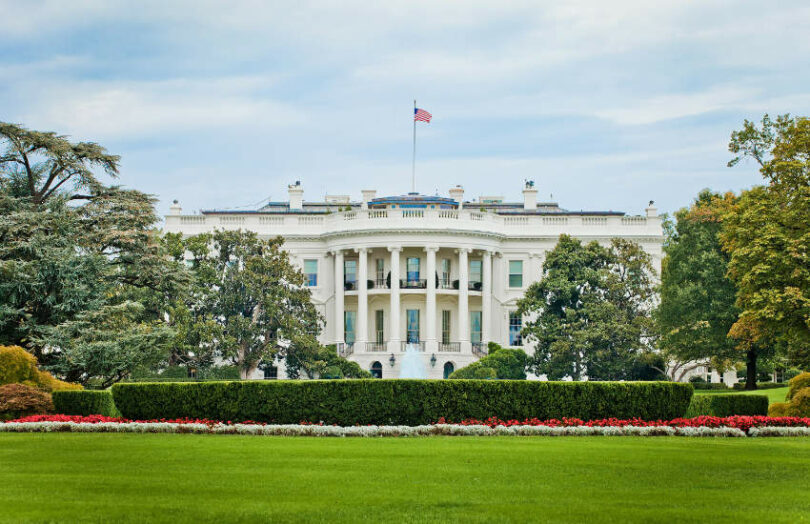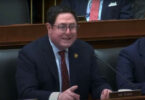Yesterday the White House published the President’s Economic Report, which featured a 30-page chapter on digital assets presenting a highly critical view of the sector and technology. That particularly relates to cryptocurrencies but also the use of blockchain technology in general. Unsurprisingly, it was more upbeat about central bank digital currency (CBDC) but particularly the new FedNow payments system to be launched shortly.
The paper presents the ‘claimed’ benefits of digital assets and blockchain technology but proceeds to debunk each one. It went far beyond painting cryptocurrencies as speculative.
The conclusion states, “it is possible that their underlying technology may still find productive uses in the future as companies and governments continue to experiment with DLT.” While that sounds like a guarded but upbeat assessment, the body of the chapter is anything but. There are statements like “many prominent technologists have noted that distributed ledgers are either not particularly novel or useful or they are being used in applications where existing alternatives are far superior.”
It cherry-picks specific examples, such as an enterprise blockchain use case by Walmart Canada. A case study claims the solution uses 600 virtual machines, but the White House paper questions why it needs blockchain at all and asserts it could be run on a two-server centralized solution. At least it mentions that invoice disputes dropped from 70% to 1%.
The authors attempt to add some qualified balance by acknowledging potential use cases such as settlement and clearing by banks and the New York Federal Reserve’s work on the Regulated Liability Network. However, it couches this as “experimentation”. It prefaces the positives with “proponents still claim that this technology could find productive uses,” with the wording giving the impression the authors are doubtful.
Regarding stablecoins, it portrays them as lacking stability. While the Treasury recently floated the idea that a wholesale CBDC might in future back stablecoins, the diagram above accompanying the White House report does not support that stance. In part because it worries that this would result in a switch from bank accounts to stablecoins during a crisis.
The authors reluctantly acknowledge that “crypto assets appear to be here to stay.”
Overall the paper strongly contributes to the perception of the Democrat government being anti-blockchain and digital assets. On the other side, Republicans are pushing back on CBDC and wanting limited regulation of crypto.
A handful of legislators have taken a middle ground and hopefully can produce constructive outcomes with balanced regulations that still support innovation.






